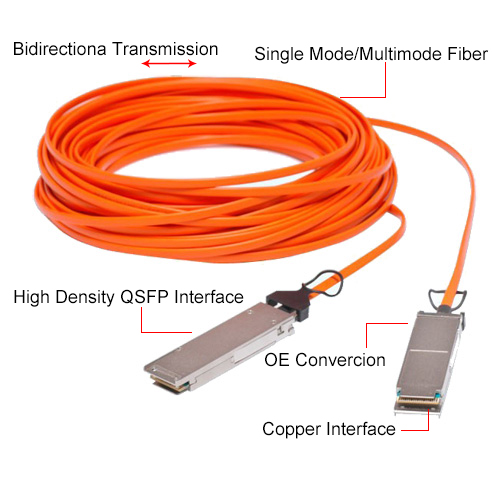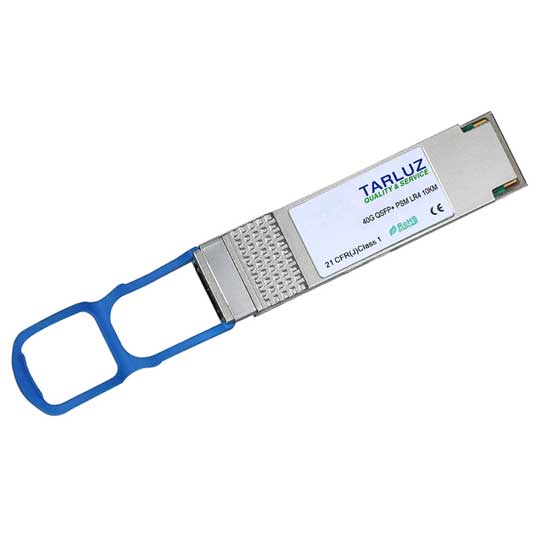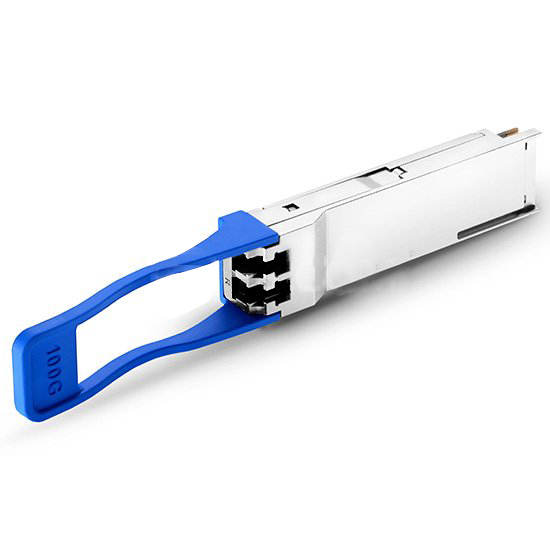The follow parameter introduction is focused on the performance of internal components packaged inside the transceiver, mainly the transmitter optical subassembly (TOSA) and the receiver optical subassembly (ROSA). Once a client’s line arrives at the TOSA, the signal is converted from electrical to optical. Then, the TOSA sends and transmits the information. In the opposite direction (line side), the optical signal arrives at the ROSA, which is essentially a photodiode. The ROSA converts the signal from optical to electrical and, finally, this signal is once again injected into the client’s line.
In addition, optical tests-average optical power, wavelength verification, side-mode suppression ratio, and channel flatness—are performed.
Optical power
TX and RX optical power are very important to ensure the normal communication of the transceivers and are measured using an optical power meter. Only when the transmitter and the receiver optical power are within desired thresholds is the transmission distance ensured.
Wavelength verification
Wavelength verification measures the central wavelength of the laser emission and is performed by either a wavemeter or an optical spectrum analyzer (OSA). The required wavelength accuracy is ±20 pm. When verifying wavelengths in transceivers, tests are run at different temperatures to test how the transceiver behaves under the target temperature range. This is important as optical components are very sensitive to temperature variations.
Side-mode suppression ratio
Side-mode suppression ratio (SMSR) testing is performed with an OSA. The SMSR is the power difference between the main peak power and the first side modes on the left and the right. The minimal value for SMSR is 30 dBm. This test, like wavelength verification, should be performed at different temperatures.
Channel flatness
Channel flatness is the difference in power between two continuous lengths and this test is also performed using an OSA. The maximum compliant value is +4 dBm.








